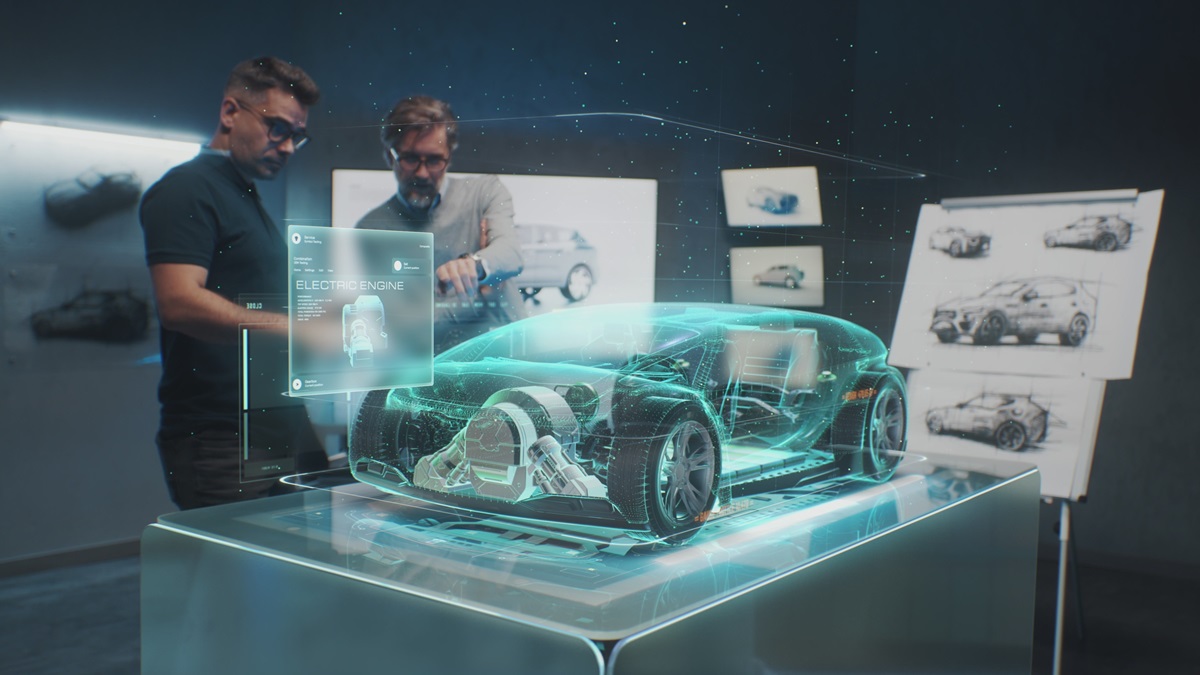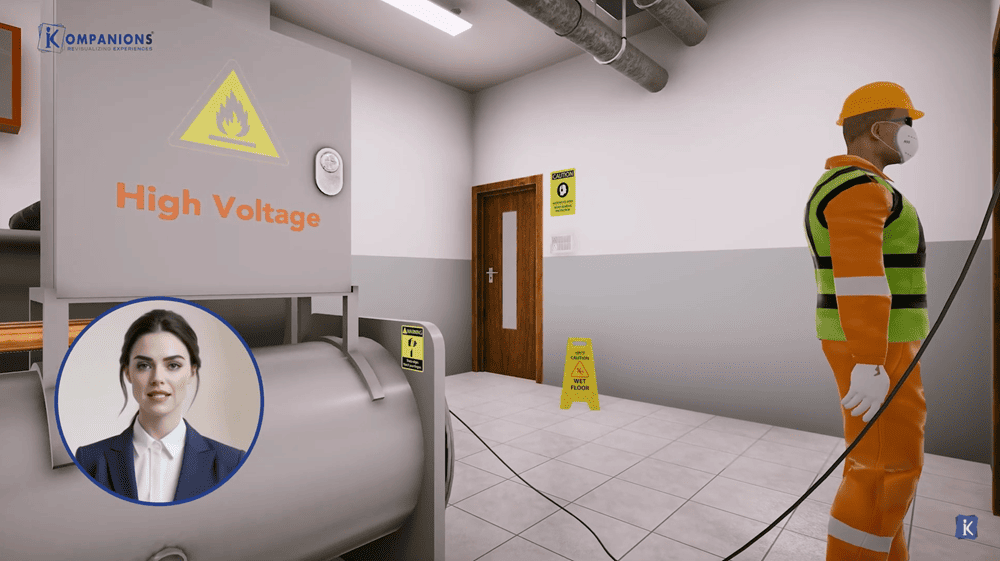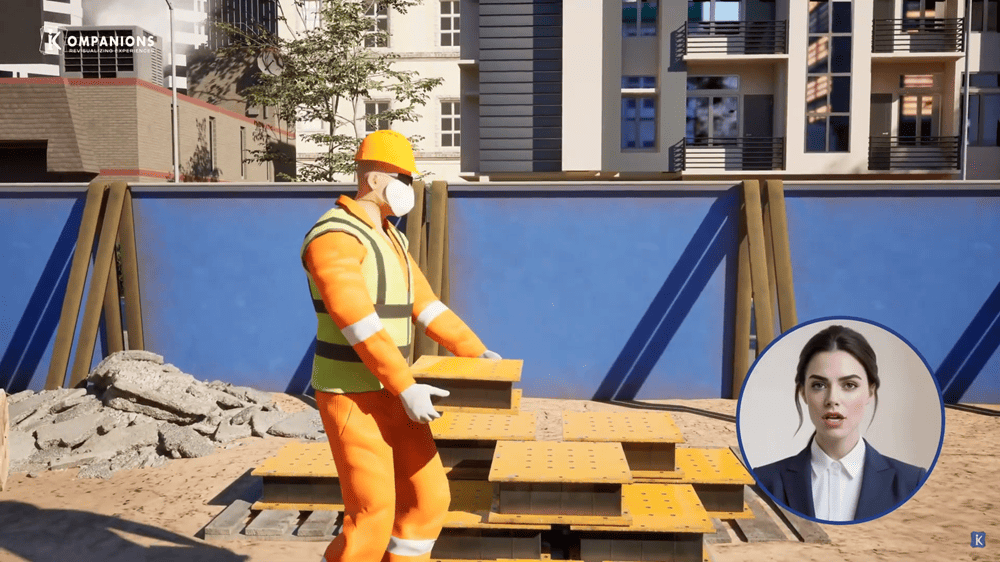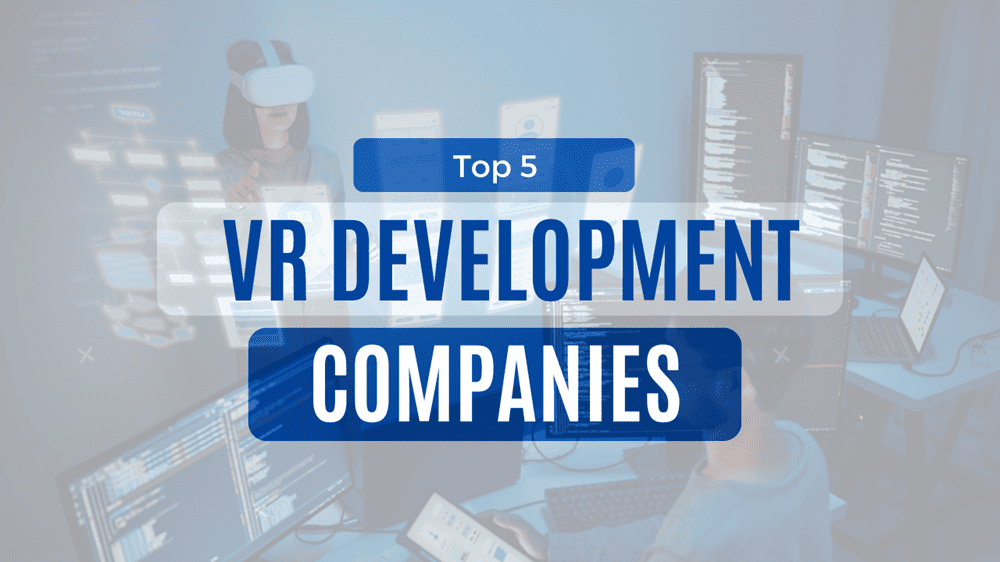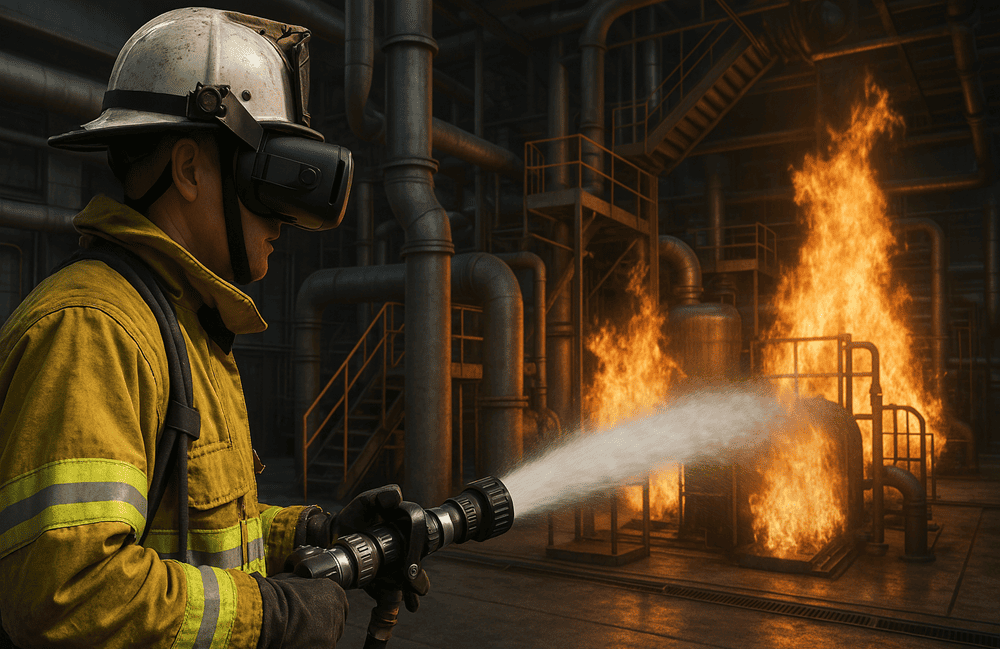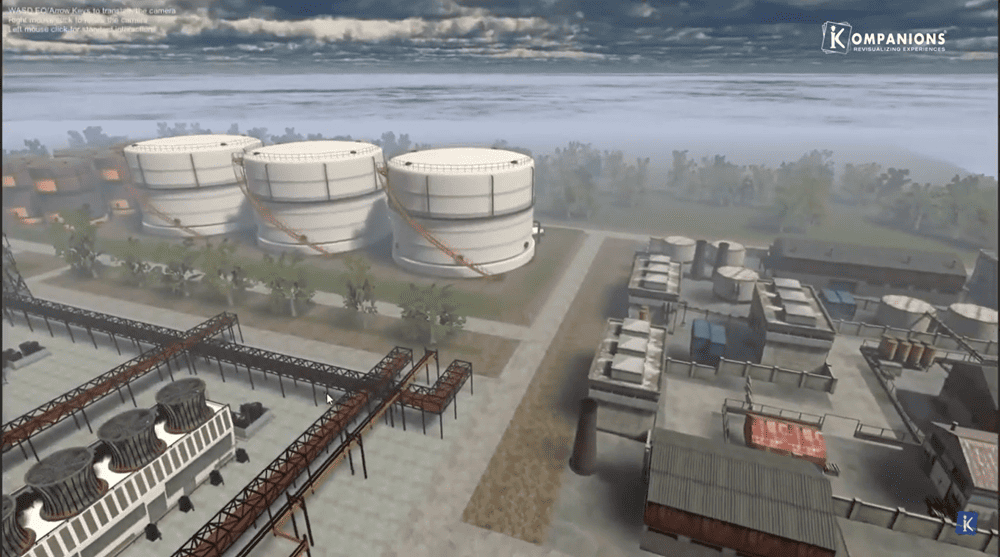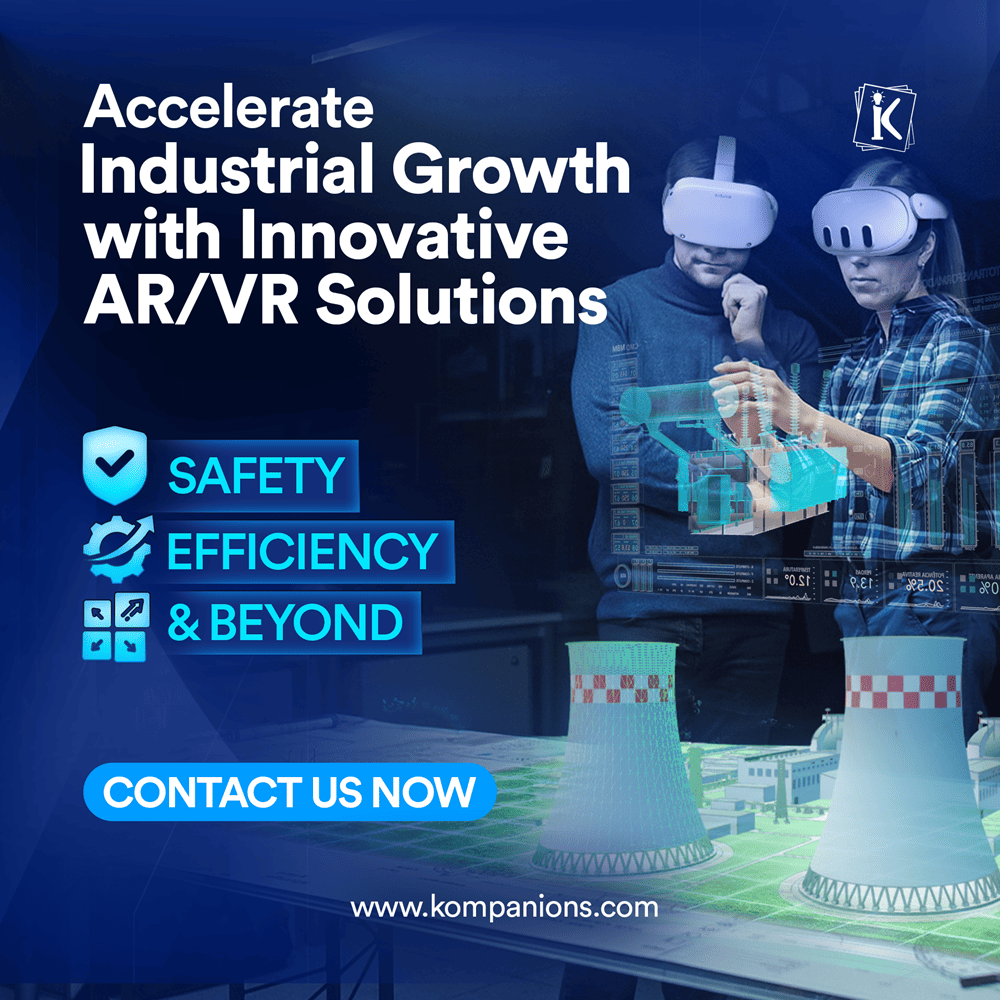Prototyping in VR: Reduce Costs and Time in Product Design
VR prototyping changes how companies approach the designing of their products; businesses enjoy the benefit of bringing it at cost efficiency with quicker developments.
In prototyping with VR, businesses can visualize designs in 3D and test them with possible improvements with actual input through team collaborations in real time.
It eradicates costly physical prototypes while increasing iterations faster with the prompter unveiling of flaws that make improvements for efficiency over a longer run in the design process.
Why Choose VR Prototyping?
Traditional prototyping techniques are quite costly, have longer timelines, and are more labor-intensive.
However, prototyping with VR allows cost-effectiveness, rapid iteration, and enhanced collaboration. It enables teams to visualize and test designs in immersive environments, making it easier to identify flaws early in the process.
This reduces the risk of costly mistakes, improves design accuracy, and accelerates development timelines, ultimately leading to more efficient and innovative product outcomes.
Benefits of Prototyping in VR
● Cost savings: Virtual prototypes do not require any materials, whereas traditional prototypes might cost thousands of dollars per iteration.
● Time efficiency: Quick prototyping of VR enables fast turnaround, enabling designers to test many concepts within hours rather than days.
● Improved design accuracy: VR provides an immersive experience that improves decision-making and the final product meets expectations.
● Risk reduction: Engineers can test functionality under real-world conditions to identify potential flaws.
● Enhanced collaboration and accessibility: Teams can work together in real time regardless of location, and clients can experience virtual prototypes before production begins.
These advantages sum up to smooth product development.
Key Metrics Comparing Traditional and VR Prototyping
This comparison helps illustrate how VR prototyping outperforms traditional approaches in terms of speed, collaboration, and risk reduction.
| Aspect | Traditional Prototyping | VR Prototyping |
|---|---|---|
| Cost per Iteration | $2,000-$5,000 | $500-$1,000 |
| Development Time | 2-4 weeks | 2-4 days |
| Feedback Cycles | Limited | Unlimited |
| Collaboration | Scope | Global |
| Error Identification | Post-production | Pre-production |
Cut costs, speed up product design, and enhance efficiency with VR prototyping. Get started now!
Get in TouchApplications of Virtual Reality in Product Design
Virtual reality is revolutionizing product design by enhancing visualization and streamlining the development process. Here are some key applications that demonstrate its impact.
VR Prototyping Tools in Product Design:
● Concept Validation: Validating early design concepts in 3D environments against stakeholder opinion without having physical prototypes.
● Design Optimization: Refine ergonomics, functionality, and aesthetics through virtual simulations.
● Pre-production Testing: Simulate real-life conditions to satisfy compliance and assess possible flaws or risks.
Low-Fi Prototyping:
● Simple simplifies the design process by letting designers sketch initial ideas and test layouts virtually.
● Saves costs as it avoids creating high-fidelity models before finalizing designs.
VR Prototyping Strategies for Success
Adopting the right tools and strategies is the best way to maximize the potential of VR prototyping. Tools like Unity, Unreal Engine, and Gravity Sketch are rapid VR prototyping tools with intuitive interfaces and robust simulation features.
Iterative development means making quick changes and refinements based on feedback. Cross-functional collaboration encourages designers, engineers, and marketers to contribute effectively.
The combination of VR prototyping and 3D product animation makes it possible to communicate complex ideas better.
Top VR Prototyping Tools
Choosing the right tools is crucial for effective VR prototyping. Here are some of the top VR prototyping tools that help streamline design, enhance collaboration, and improve efficiency.
| Tool | Features | Best For |
|---|---|---|
| Unity | Real-time rendering, AR/VR support | Interactive prototypes |
| Unreal Engine | High-quality visuals, physics engine | Advanced design simulations |
| Gravity Sketch | Intuitive VR modeling tools | Early-stage prototyping |
| Autodesk VRED | Visualization and collaboration | Automotive and industrial designs |
Real-World Success Stories
The automotive sector has widely adapted VR prototyping. Companies such as BMW and Ford use this technology to test vehicle ergonomics, validate safety features before production, and so forth.
Similarly, consumer electronics brands like Samsung have been using VR prototyping to explore new form factors and intuitively test user interfaces.
How to Integrate VR Prototyping in Your Workflow
1. Identify Product Design Needs: Analyze the current design process and identify areas that can most effectively be used to integrate VR prototyping.
2. Select the Right VR Tools: Select VR prototyping tools that are relevant to your industry and project goals.
3. Train Your Team: Make sure your team is well-trained to effectively use the chosen VR tools.
4. Start with Pilot Projects: Start with some small pilot projects to evaluate return on investment (ROI) and streamline your approach further.
5. Scale Implementation: VR prototyping integration into your workflow based on the success of pilot projects.
Conclusion: Embrace the Future of Product Design
Prototyping in VR is revolutionizing the way businesses approach product development. From reduced costs and faster timelines to better collaboration, this is an invaluable tool for industries as diverse as automotive and consumer electronics.
At Kompanions, we excel in state-of-the-art solutions that change learning and design experience. We focus on the ability to produce extraordinary VR prototyping, 3D product animation, or other forms of making interactive user manuals.
Ready to transform your product design? Contact Kompanions today for custom-made VR solutions designed to enhance efficiency and innovation.

